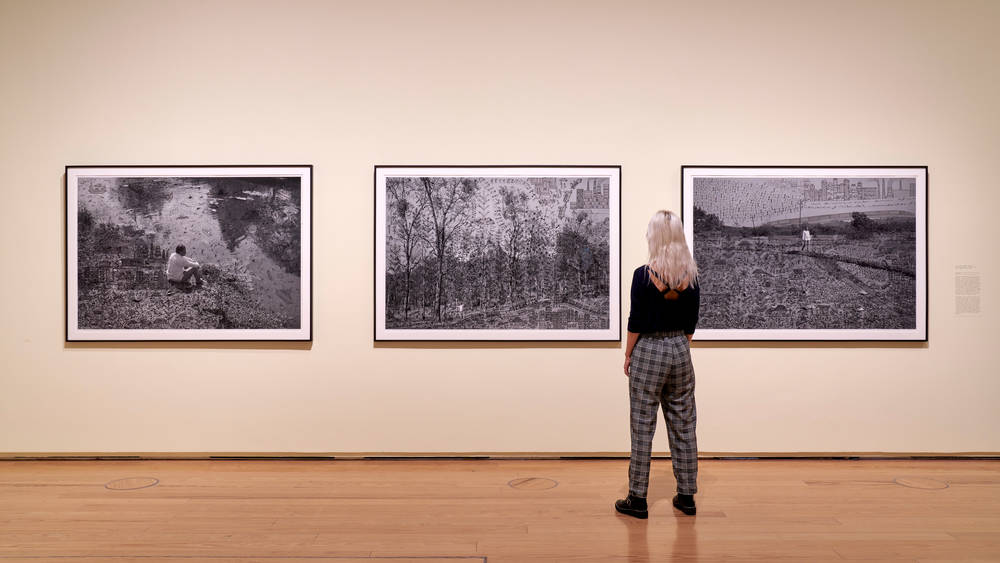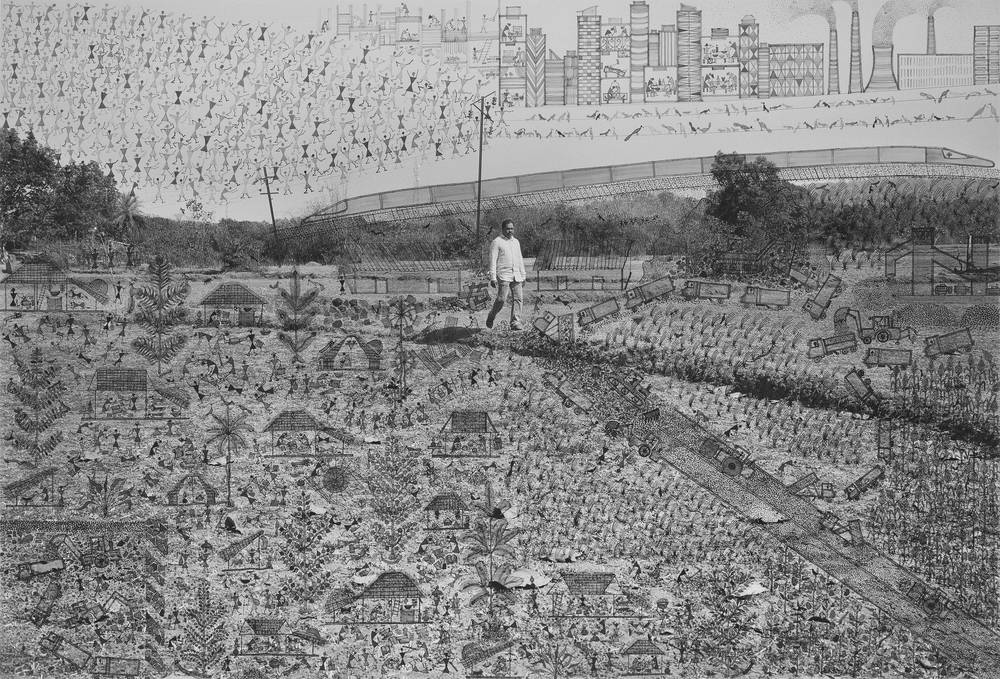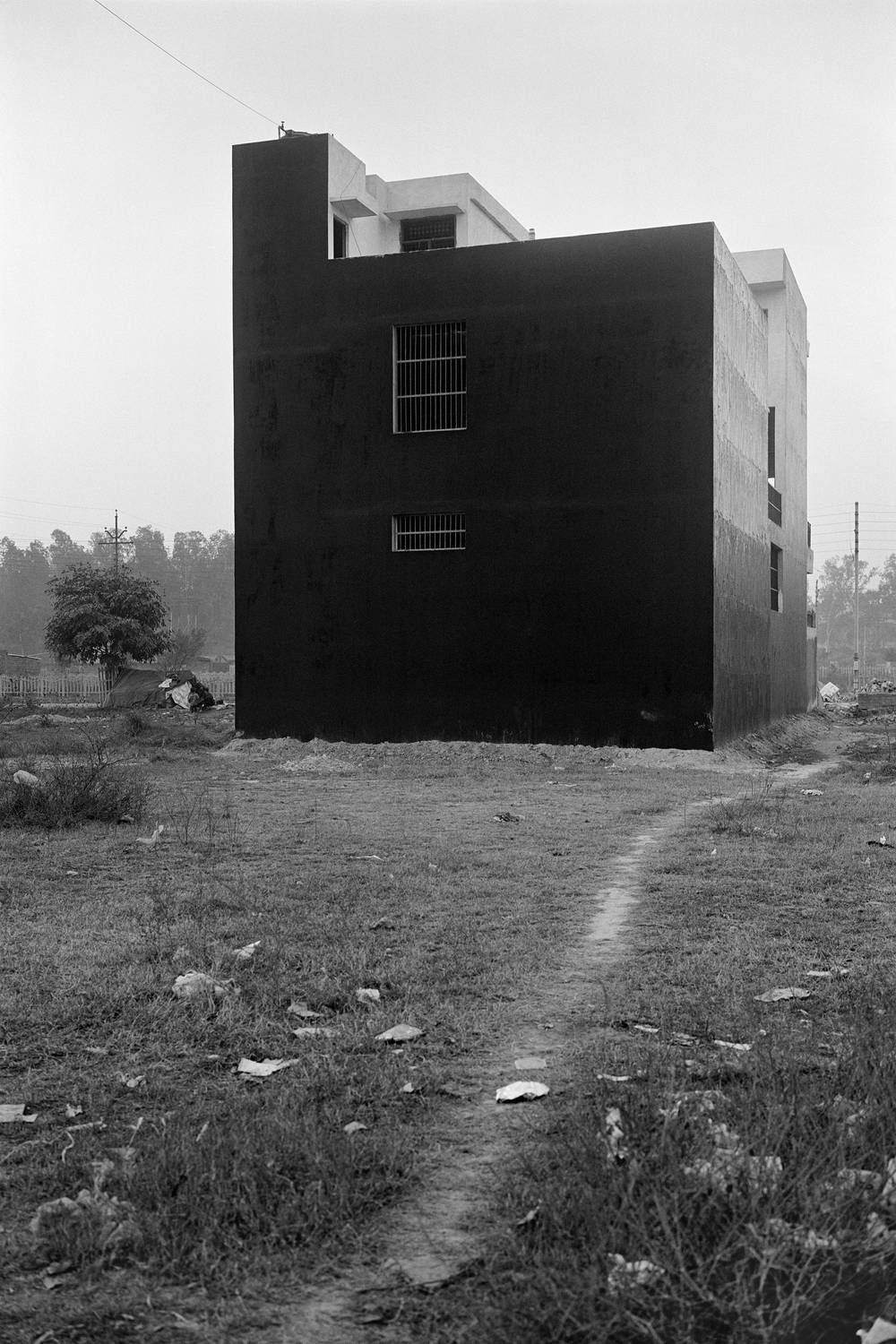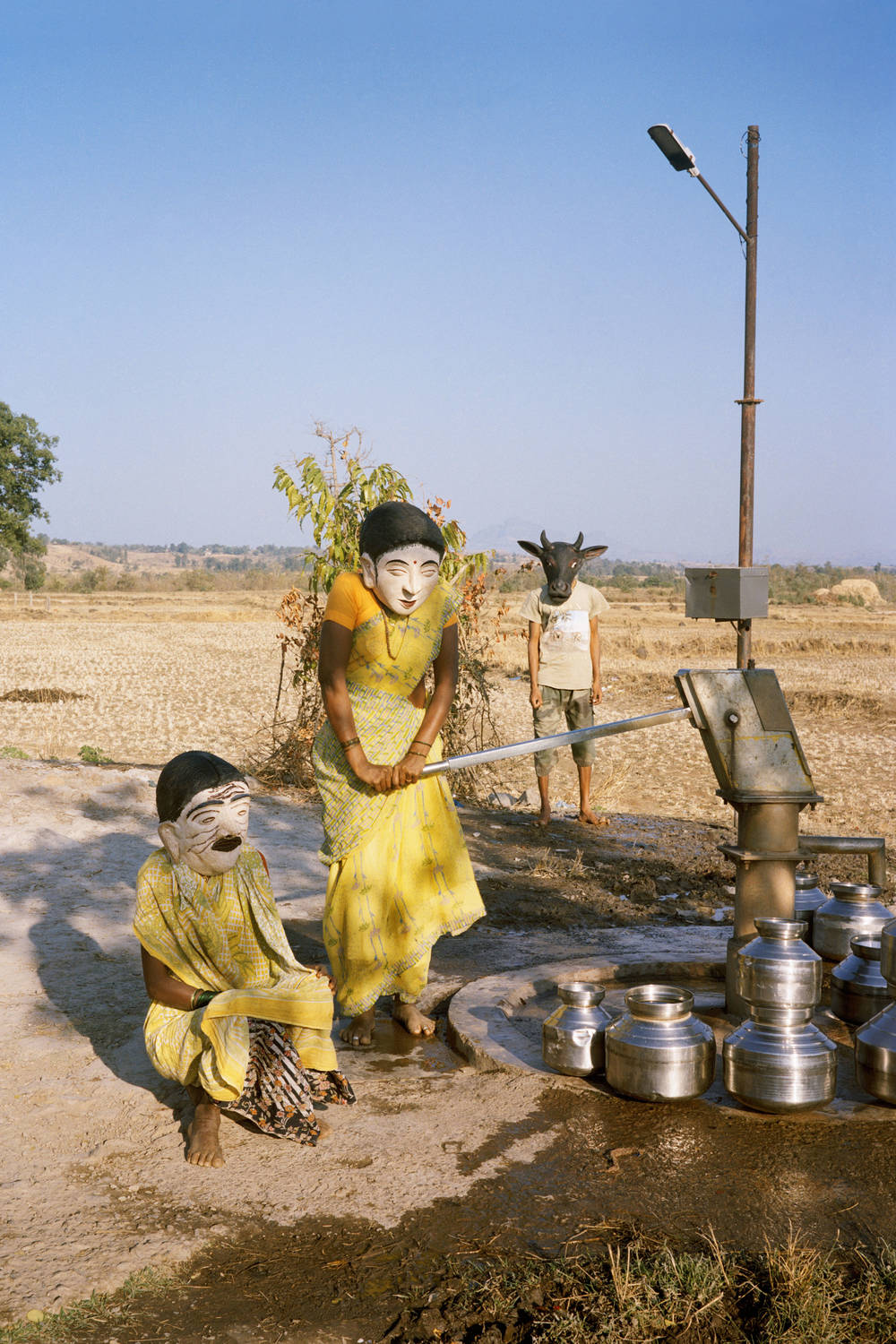Gauri Gill’s photographs attest in a quiet and empathetic fashion to the impact the Anthropocene is having on Indian society: the ongoing destruction of nature and people’s attempts to survive in a world that is becoming ever more fragile.
What we see reflected in Gauri Gill’s works are the unrestrained excesses of the Anthropocene – a new geochronological epoch characterized by the massive impact humans are having on the Earth and that is widely discussed by scientists within the broader context of the climate crisis. Her photographs bear quiet and empathetic testimony to the impact the Anthropocene is having on Indian society: the ongoing destruction of nature and people’s attempt to survive in a world that is becoming increasingly fragile.
As Indian historian Dipesh Chakrabarty stresses, it is primarily the Global South that is currently feeling the negative repercussions of the Anthropocene – even though it is the Global North that is responsible for ongoing global warming through its immense carbon emissions. He therefore highlights the decisive asymmetry between the producers of global climate change and those affected by it.
The consequences of the Anthropocene are already becoming apparent today through extreme heat, drought, and species extinction. In particular those societies that lead a subsistence existence, i.e., rely on eking out a living by subsistence farming, are suffering as a consequence of the ever more pronounced ecological crisis. This is because the profound changes also have social ramifications such as exacerbating poverty and class conflicts. This is a development with fatal consequences for a country like India with its caste system.
Symptoms of industrialization in “Fields of Sight”
Gauri Gill succeeds in capturing the Anthropocene subtly in her photographs. Given the duration of most of her series, they provide a view of the changing environment as it has evolved over several decades. For example, her “Fields of Sight” series was begun in 2013 and is still to be completed. Gauri Gill and indigenous Warli artist Rajesh Vangad are jointly documenting the industrialization that has inscribed itself into the Indian countryside. Gill takes photographs and afterwards Vangad uses painting to add his person impressions to them.

Thanks to this collaborative approach, the photographs liberally covered with Vangad’s painted additions not only convey a snapshot of a countryside but also tell stories that have developed over a long period of time: They bear witness to the constant change of the landscape and the ecological destruction of habitat that threatens the lived realities of India’s indigenous population and offer a means of recording the complex processes of the Anthropocene that are otherwise difficult to detect.The triptych “Jal, Jungal, Jameen” (Water, Forest, Land) is a prime example of this and depicts photographs of countryside that have been painted over with factories, freighters, trains, roads, antennas, telephone masts, work processes and laborers. The painting has swept over the photographs and changed them like the symptoms of industrialization that swept over the country and altered it – to the detriment of the indigenous population.

Changes in urban space
In other work series Gauri Gill complements the view of the countryside with the changes in urban space. In her “Rememory” series, which she has worked on continually since 2003, she photographs urban housing developments. There is an eerie feeling to the houses without people, nature without plants, and cities devoid of life. “Guargon 2004 (a)” features a building whose barred windows make it more reminiscent of a former prison. The small path leading to the house is littered with waste and set in such barren surroundings that the house itself stands out like an alien body. The image calls to mind an abandoned city with just a few remaining traces of former civilization. Extreme heat and the destruction of nature are leading in the Anthropocene to the large-scale loss of places for people to live and this in conjunction with ongoing gentrification is exacerbating preexisting class conflicts. The result: abandoned cities.
This is also evident in the photo “Jodhpur” 2006: The city that was once realized to provide a new home for people in a fragile environment is depicted in the photograph as a failed housing project. The reason: creating new living space meant that large numbers of local people who worked the land were displaced. Consequently, economic hardship led to many of them having to work as migrant laborers on those very construction sites that were gradually eating up their own land. Gill’s photos tell a moving story and capture a process that set in long before the respective photograph was taken.

Anthropocene narratives lacking the benefits of the globalized world
The reality of people’s lives featured in the images is inextricably linked with an Anthropocene narrative but lacks the benefits of a globalized world. Instead, what Gill shows through the abandoned houses and images of a marginalized rural population are precarious circumstances. This is also illustrated in a photo from her “Notes from the Desert” series, which she began producing in 1999: We see a student on the journey home weighed down by the school books on her back – she has to walk over six miles. And we can see in the sand of the barren landscape the marks left by an excavator – another instance of traces of the Anthropocene.
Gill seems to be intent on capturing the various facets and ambivalent aspects of reality as can often only be noticed if you observe or listen for a longer period of time. This lends her works honesty and intimacy. If you look at the images, a feeling of familiarity sets in and there is an allusion to a story that precedes the time the respective photograph was taken. The political dimension inherent in the photos in the context of the climate crisis resonates unobtrusively in the subtext of her stories and upon further reflection condenses into a troubling testimony to the Anthropocene in India.










